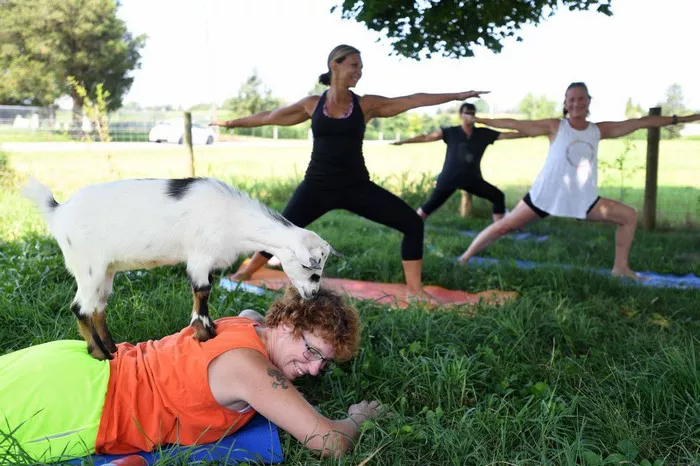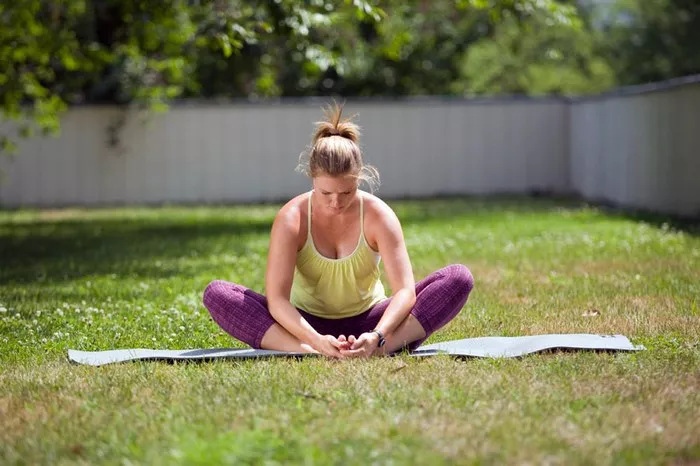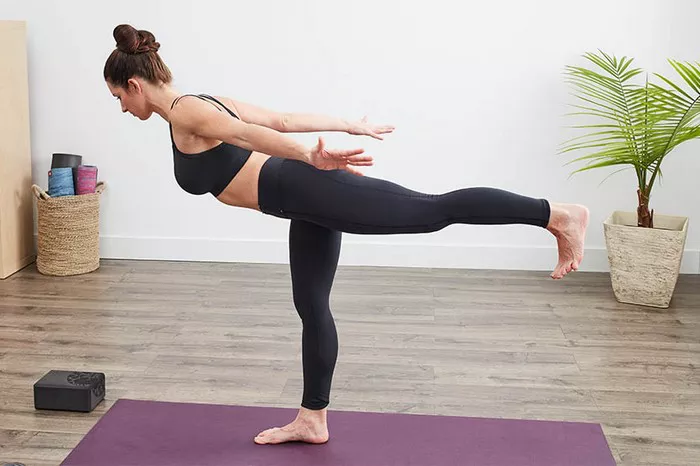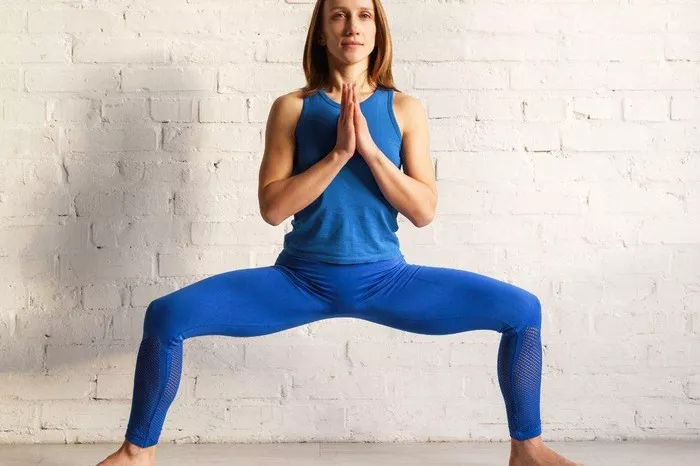Fish Pose, known as Matsyasana in Sanskrit, is a classic and powerful yoga posture that holds great significance in many yoga practices. It is often associated with the heart-opening poses, promoting relaxation, and providing an overall sense of rejuvenation. However, the question arises: is Fish Pose restorative?
In this article, we will explore the characteristics of Fish Pose, how it works within a restorative yoga context, its benefits, and whether it can truly be categorized as a restorative pose. We will also touch on various modifications, contraindications, and how to incorporate Fish Pose into your practice to achieve maximum benefits.
Understanding Fish Pose (Matsyasana)
Fish Pose is typically performed lying on the back with a focus on lifting the chest, arching the back, and creating an opening in the heart space. The pose stretches and strengthens the upper body, including the neck, chest, shoulders, and back, while also encouraging deep breathing and mindfulness.
To begin, here’s a step-by-step guide to performing Fish Pose:
Start in a seated position: Sit cross-legged on the floor or on a yoga mat. Ensure your spine is long, shoulders relaxed, and your breath is steady.
Recline onto your back: Slowly lower your back onto the floor, placing your arms by your sides.
Lift your chest: Begin by pressing your elbows into the floor and gently arching your back. Ensure the crown of your head touches the mat, creating a gentle curve in your spine.
Place the crown of your head on the floor: Gently place the top of your head on the mat, forming a deep backbend with your chest lifted and elbows supporting the body.
Engage the legs: Keep your legs extended, pressing the tops of your feet into the mat. You may also engage the thighs slightly for more stability.
Breathe deeply: As you hold the pose, take deep, slow breaths, feeling the expansion in the chest and the opening in the upper body.
Hold for a few breaths: Stay in the pose for a few breaths, focusing on opening the chest and letting the heart center expand.
What is Restorative Yoga?
Restorative yoga, in its essence, is a gentle form of yoga designed to promote deep relaxation, recovery, and healing. The goal is to activate the parasympathetic nervous system, which induces a state of rest and recovery in the body. Restorative poses are generally held for longer durations and use props such as bolsters, blankets, and blocks to support the body in a way that encourages relaxation without strain.
Unlike more intense forms of yoga that aim to build strength and flexibility, restorative yoga emphasizes deep breathing, mindfulness, and a profound sense of inner peace. These restorative poses create an environment where the body can let go of tension, reduce stress, and allow for healing.
Is Fish Pose Restorative?
To determine whether Fish Pose is restorative, we need to understand its impact on the body and how it aligns with the principles of restorative yoga. Let’s break this down.
1. Physical Benefits of Fish Pose
Fish Pose has several physical benefits that could contribute to a restorative yoga practice, especially when practiced mindfully and with the right intention. Some of the key benefits include:
Heart Opener: Fish Pose stretches the chest, shoulders, and abdomen, promoting a sense of openness in the heart space. This can have an emotional and energetic impact, encouraging feelings of compassion, love, and clarity.
Back and Neck Stretch: The deep arch in the back helps open the upper spine, alleviating tension in the neck and shoulders. This can be particularly useful for individuals who spend long hours sitting or working at a desk.
Increased Flexibility: Regular practice of Fish Pose can increase flexibility in the spine, shoulders, and chest. This can lead to improved posture and reduced physical discomfort.
Breath Expansion: Fish Pose encourages deep, diaphragmatic breathing, which stimulates the respiratory system. By opening the chest and promoting deep breathing, it enhances lung capacity and promotes overall well-being.
Digestive Health: The opening of the chest and abdominal region helps massage the internal organs, particularly the diaphragm, liver, and intestines. This can assist with digestion and detoxification.
2. Fish Pose in Restorative Context
While Fish Pose offers significant benefits for opening the chest and increasing flexibility, it does not inherently align with the typical features of restorative yoga. In traditional restorative yoga poses, the body is fully supported by props, and the practice is designed to induce a state of complete relaxation. Fish Pose, on the other hand, requires a certain level of engagement and energy to maintain the arch in the back and the position of the head on the floor.
However, Fish Pose can be adapted into a more restorative context with the use of props. Here are some modifications that could make Fish Pose more restorative:
Using a Prop Under the Back: By placing a bolster or cushion under the back to support the spine, you can reduce the intensity of the pose and allow the chest to open with less effort. This modification helps to create a gentler experience and promotes a deeper sense of relaxation.
Supporting the Head: Rather than placing the crown of the head directly on the floor, you can use a small cushion or blanket to support the head and neck. This reduces any strain on the neck and allows you to focus on deep breathing and relaxation.
Lower the Intensity: In a restorative context, Fish Pose can be practiced with a less dramatic backbend. Instead of aiming for a deep arch, focus on gently lifting the chest and maintaining a mild curve in the spine. This creates a more soothing and calming effect.
Focus on Breathing: In a restorative version of Fish Pose, place more emphasis on deep, steady breathing. Focus on the expansion of the chest with each inhale, allowing the breath to guide the posture. This can help activate the parasympathetic nervous system and encourage a state of relaxation.
3. Emotional and Mental Benefits
In addition to the physical benefits, Fish Pose can also have emotional and mental benefits, which contribute to its restorative potential. By opening the chest and heart center, Fish Pose encourages emotional release, particularly in areas where we may carry stress or tension. This emotional opening is often linked to greater clarity and peace of mind.
Fish Pose is often associated with feelings of vulnerability due to the openness of the chest, which may encourage emotional release. For some practitioners, this emotional liberation can be deeply restorative, as it allows them to let go of pent-up feelings, anxieties, or past emotional baggage.
Mentally, Fish Pose is also known for its ability to increase focus and mental clarity. The deep breathing required in the pose can quiet the mind and promote mindfulness, which is a key aspect of restorative yoga. When practiced mindfully, Fish Pose can help reduce mental stress and promote a sense of calm.
4. When Fish Pose Might Not Be Restorative
While Fish Pose can be adapted to restorative yoga with the right modifications, it may not always be suitable for individuals who are looking for a deeply restorative practice. If you have any of the following conditions, Fish Pose might not be the best choice in a restorative context:
Neck Pain or Injury: Since Fish Pose places pressure on the neck when the crown of the head touches the floor, individuals with neck issues should be cautious. Modifications such as using a neck support pillow or avoiding the head-to-floor connection may help, but it may not fully eliminate the strain.
Spine Issues: People with severe spinal conditions or back injuries should avoid deep backbends without consulting a healthcare provider or a qualified yoga instructor.
Shoulder Tension: If you have tight shoulders, you may find it difficult to maintain the open chest and shoulder position in Fish Pose. This can lead to discomfort or strain, making it less restorative.
Pregnancy: Pregnant individuals should avoid lying on their back for extended periods, particularly in poses like Fish Pose, as this can restrict blood flow to the uterus.
Conclusion
Fish Pose, or Matsyasana, is a beneficial yoga posture that promotes flexibility, chest opening, and mental clarity. While it is not typically classified as a restorative pose in the traditional sense, with the right modifications, it can be adapted to offer restorative benefits. By using props, adjusting the intensity, and focusing on deep breathing, Fish Pose can become a soothing, heart-opening practice that nurtures both the body and the mind.
Ultimately, whether Fish Pose is restorative depends on how it is practiced. When performed with mindfulness, appropriate support, and attention to alignment, it can offer a deep sense of relaxation and rejuvenation. However, if you are seeking a truly passive, deeply restorative experience, you may want to complement Fish Pose with other gentle poses that fully support the body, such as Supported Child’s Pose or Supta Baddha Konasana.
As with any yoga pose, it’s important to listen to your body and modify the practice to suit your unique needs.
Related topics
























